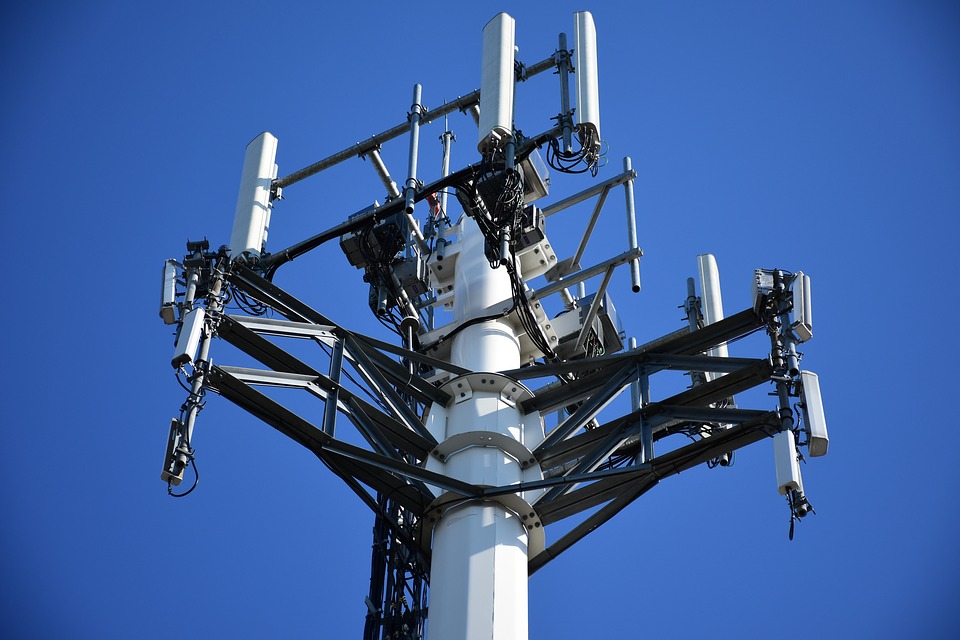OSHA and FCC Update Tower Safety Practices

The Occupational Safety and Health Administration (OSHA) and the Federal Communications Commission (FCC) have released new safety recommendations for working on towers. It's important to note that these are merely recommendations and not requirements. Neither employers nor employees can be fined or otherwise penalized for failing to comply with them. Nonetheless, OSHA and the FCC believe these recommendations can help protect workers from injury.
More specifically, OSHA and the FCC are concerned about the potential for falling objects and structural collapses, both of which are far too common in regards to tower workers. Workers who climb cell towers and other communication towers -- whether for upgrading, regular maintenance, etc. -- may drop their tools, and then these tools fall it can serious injury other workers underneath. Structural collapses are also relatively common, as old towers are likely to collapse.
OSHA and the FCC's new "buildout" of wireless infrastructure emphasizes the importance of using a limited number of available crews. The two organizations also say that there's a complicated "chain of custody" regarding who's responsible for worker safety. It's not uncommon for wireless carriers to build their own cell towers. In other cases, however, the towers are owned and/or built by third-party contractors, making many people ask the question: who's responsible for ensuring the safety of workers?
The new guidelines are being releases as part of a joint project between OSHA and the FCC. When speaking about the project, the FCC's Ajit Pai and Dorothy Dougherty said that more Americans are using cell devices, which in turn increases the need for stronger safety guidelines.
"As more Americans use mobile devices to call, text and stream content, the safety of workers who maintain and construct communications towers is more critical than ever," explained FCC chairman Ajit Pai and Dorothy Dougherty, deputy assistant secretary of labor for OSHA, in a press statement announcing the new collaboration. "Every day, communications tower workers face potential hazards that can be deadly if not performed safely, and dozens of fatalities have occurred over the past few years. Every tower climber death is preventable."
Of course, working on communications towers poses numerous risks, some of which including falls, struck by object, stuck between, electrocution, etc. In 2013 alone, OSHA reported more than a dozen fatalities associated with tower work. In the following year, there were 12 fatalities at tower worksites. OSHA and the FCC are hoping these new recommendations will lower these numbers and protect workers from injury.
Recent Posts
-
Fire Safety in the Workplace: What You Need to Know
What steps are you taking to prevent fires in your workplace? According to the U.S. Occupational Saf …Aug 23rd 2023 -
Is It Safe to Go Jogging With a Cold Infection?
If you're suffering from a cold infection, you might be wondering whether it's safe to go jogging. T …Aug 22nd 2023 -
5 Safety Tips to Follow When Using a Powder-Actuated Tool
Powder-actuated tools are commonly used to join materials to steel and concrete. Also known as Hilti …Aug 20th 2023




